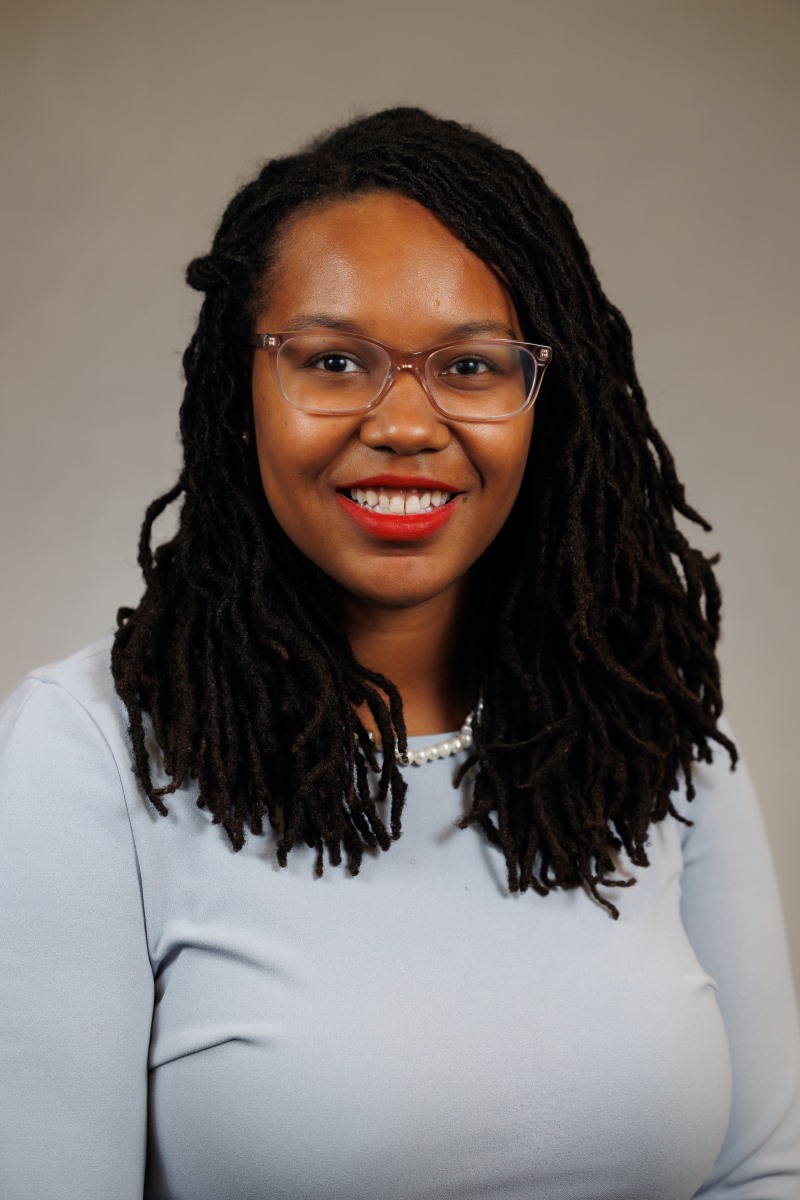How long have you been in the profession?
I started volunteering at Shriners Hospital for Children in Sacramento, CA in 2011.
What is your educational background (college through certification)?
I graduated from Duke University with a BS in Biology and concentration in Anatomy, Physiology, and Biomechanics. I then earned a certificate in Orthotics Technology at Spokane Falls Community College to develop hand skills and confirm that O&P was the right career path. Finally, I completed the MSOP program at California State University, Dominguez Hills, followed by a dual residency with Hanger Clinic in Houston, TX, and earned my O&P certifications in 2020.
What are your professional affiliations?
I’ve been active in the Academy since 2016 and currently serve on the Clinical Content Committee. Over the past two years, I’ve also been deeply involved with the So Every Body Can Move initiative and their Medical Research and Advisory Committee. Outside of O&P, I also remain active in Sigma Gamma Rho Sorority, Inc.
Why did you choose this profession?
At 15, a sports injury led me to physical therapy and inspired a Google search for careers in rehabilitation. That search introduced me to O&P, and I was immediately captivated by its unique blend of medicine, engineering, and artistry. Volunteering at Shriners and witnessing the joy of someone taking their first steps after amputation confirmed that this was the field for me.
What has changed most about the field since you first became a practitioner?
The growth in high-quality research and the increasing emphasis on evidence-based practice.
What has been most satisfying about your decision to go into the field?
Knowing I have the opportunity to help give someone their life back. Seeing patients regain mobility and independence remains incredibly rewarding.
What has been the most frustrating?
Insurance limitations! Also, the fact that O&P research is so often led by people outside our profession, which limits its translation into clinical practice.
What professional accomplishment are you most proud of?
Over the past year, I’ve been balancing full-time work while completing my PhD in Translational Science at UT Austin. I’m especially proud because, in addition to managing that workload, I secured a grant to conduct research that will directly support the So Every Body Can Move initiative, and I believe this work has the potential to make a real difference for patients and the entire O&P community.
If you were speaking to high school or college students, what would you say to encourage them to choose this profession?
I would tell students that O&P is a uniquely rewarding profession. You’re not just providing devices. You’re helping people reclaim their independence and guiding them through life-changing milestones. Every patient you work with gives you the chance to make a real, lasting impact on their life.
How has your Academy membership been valuable to you?
The Academy’s greatest value is its community. Being surrounded by passionate professionals keeps me inspired, helps me stay on top of the latest technologies and advancements, and reminds me why I love this work. I always leave the annual meeting energized and motivated to make an even greater impact for my patients.
In an effort to get a sense of what your interests are outside of O&P, what do you like to do when you are not working?
When I’m not working, you’ll find me traveling, baking, or cheering at a sporting event, especially Duke basketball. I also love playing tennis, and right now I’m training for the Golden Gate Half Marathon!
What’s one thing that people in the O&P industry would be surprised to know about you?
During grad school, I spent my weekends as a bridal consultant, so I can fit a wedding gown just as well as a prosthesis.
How does diversity enhance the O&P field?
Our patient population is incredibly diverse, and having a clinician base that reflects that diversity enhances patient care. Diversity in O&P brings a wider range of experiences and perspectives, improves our ability to empathize and connect with patients, and ultimately supports the delivery of culturally competent care.


